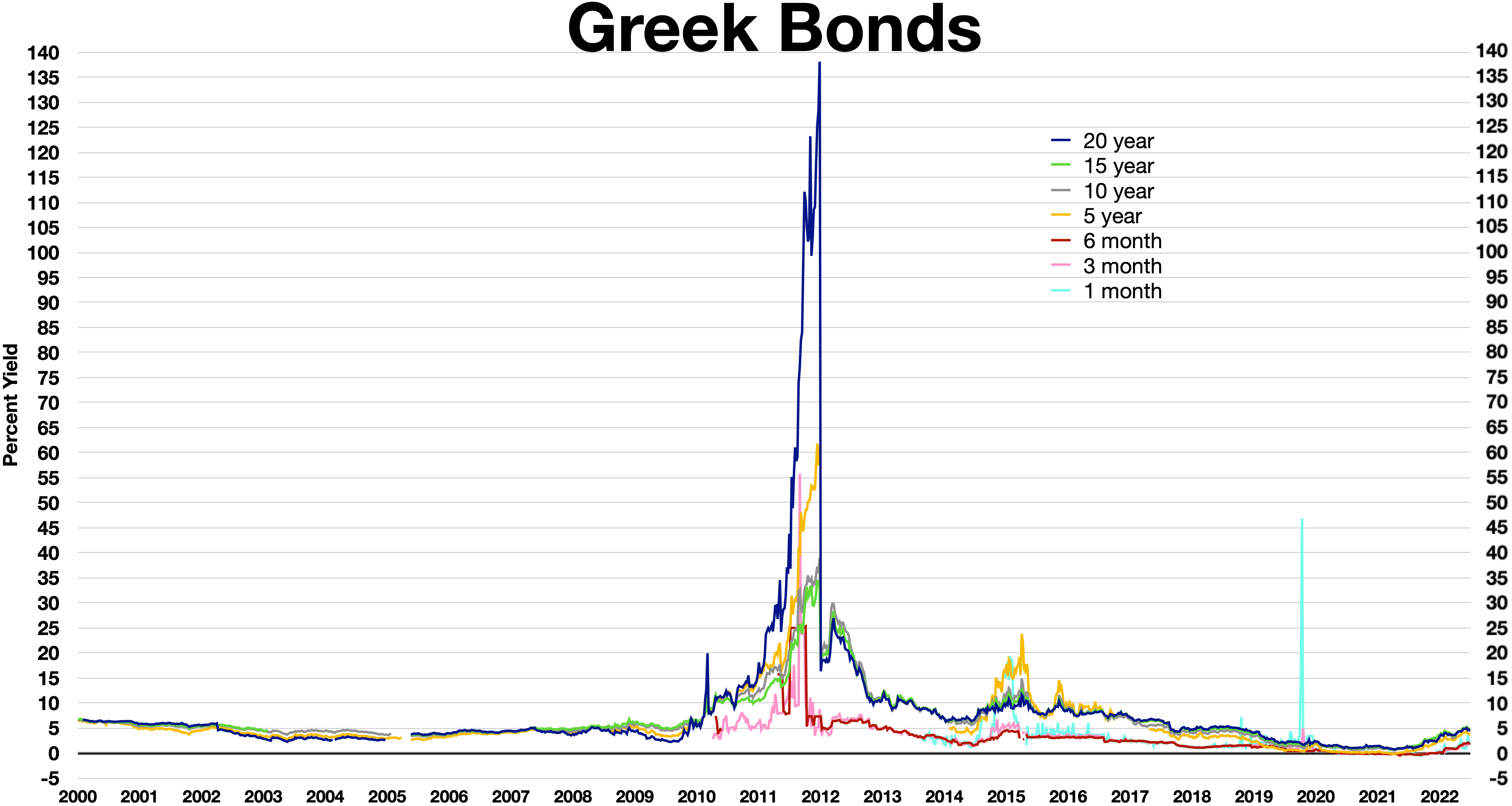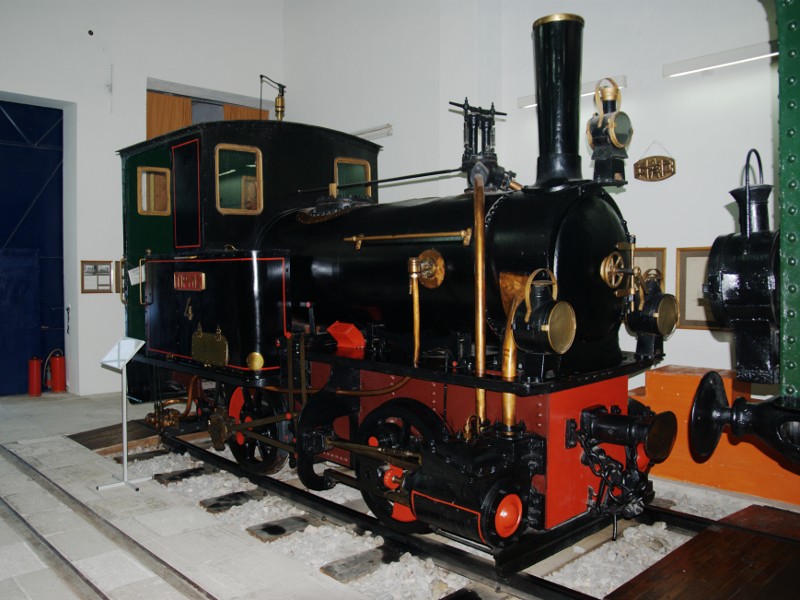|
Leianokladi Railway Station
Leianokladi railway station ( el, Σιδηροδρομικός Σταθμός Λιανοκλαδίου, Sidirodromikós stathmós Leianokladíou) is a railway station situated between Lamia and Leianokladi in Phthiotis, Greece. The station opened on 8 March 1904 It is situated at the junction of the main Athens-Thessaloniki line with the branch line to Lamia and Stylida. It is served by intercity trains between Athens and Thessaloniki and by local trains to Stylida. History The station opened on 8 March 1904, along with the rest of the line. In 1920 Hellenic State Railways or SEK was established; however, many railways, such as the SPAP continued to be run as a separate company. In 1970 OSE became the legal successor to the SEK, taking over responsibilities for most of Greece's rail infrastructure. On 1 January 1971, the station and most of the Greek rail infrastructure were transferred to the '' Hellenic Railways Organisation S.A.'', a state-owned corporation. Freight traffic ... [...More Info...] [...Related Items...] OR: [Wikipedia] [Google] [Baidu] |
Leianokladi
Leianokladi ( el, Λειανοκλάδι) is a village and a former municipality in Phthiotis, Greece. Since the 2011 local government reform it is part of the municipality Lamia, of which it is a municipal unit. The municipal unit has an area of 80.252 km2. Population 2,186 (2011). The Piraeus–Platy railway The railway from Piraeus to Platy is an electrified double-track railway line that connects Athens to northern Greece and the rest of Europe. It constitutes the longest section of the mostly completed higher-speed rail line known as P.A.Th.E./ ... line passes through the local train station. External links Municipality of Leianokladi References Populated places in Phthiotis {{CentralGreece-geo-stub ... [...More Info...] [...Related Items...] OR: [Wikipedia] [Google] [Baidu] |
Hellenic Railways Organisation
The Hellenic Railways Organisation or OSE ( el, Οργανισμός Σιδηροδρόμων Ελλάδος, italic=yes or el, Ο.Σ.Ε.) is the Greek national railway company which owns, maintains and operates all railway infrastructure in Greece with the exception of Athens' rapid transit lines. Train services on these lines are run by Hellenic Train S.A., a former OSE subsidiary, Rail Cargo Logistics Goldair, Pearl and Grup Feroviar Român. History It was founded on 1 January 1971, with the Legislative Decree 674/1970, taking over the responsibilities as the successor to the Hellenic State Railways SEK. which had been founded in 1920. OSE is owned 100% by the Greek State. In 1996 Ergose was created within OSE to facilitate infrastructure projects. In 2001, the infrastructure element of OSE was created, known as GAIAOSE. It would henceforth be responsible for the maintenance of stations, bridges and other elements of the network, as well as the leasing and sale of rai ... [...More Info...] [...Related Items...] OR: [Wikipedia] [Google] [Baidu] |
Railway Stations In Central Greece
Rail transport (also known as train transport) is a means of transport that transfers passengers and goods on wheeled vehicles running on rails, which are incorporated in tracks. In contrast to road transport, where the vehicles run on a prepared flat surface, rail vehicles (rolling stock) are directionally guided by the tracks on which they run. Tracks usually consist of steel rails, installed on sleepers (ties) set in ballast, on which the rolling stock, usually fitted with metal wheels, moves. Other variations are also possible, such as "slab track", in which the rails are fastened to a concrete foundation resting on a prepared subsurface. Rolling stock in a rail transport system generally encounters lower frictional resistance than rubber-tyred road vehicles, so passenger and freight cars (carriages and wagons) can be coupled into longer trains. The operation is carried out by a railway company, providing transport between train stations or freight customer faciliti ... [...More Info...] [...Related Items...] OR: [Wikipedia] [Google] [Baidu] |
FS Class ETR 470
ETR 470 (''ElettroTreno 470'') is a high-speed tilting electric multiple unit, which is now only operated by the Greek-Italian private company, Hellenic Train. Introduced in September 1996, nine units were built for the Italo-Swiss firm Cisalpino. They were made by Fiat Ferroviaria (now Alstom), and could tilt up to 8°. Today, there are five trains in Greece. Prior to their arrival in Greece, they performed services under the name Frecciabianca. Specifications They can accommodate a total of 475 passengers, and also have a restaurant. They were designed by the Italian Giugiaro. They were initially designed for 3kV DC and 15kV 16.7 Hz AC operation, had four pantographs, as well as a tilting mechanism, accommodating a tilt of up to 8 degrees. Interiors File:ETR 470 interno 211108.jpg, 1st class File:FS ETR 470-053 EC30021 120415 interior 1.jpg, 2nd class History The 9 trainsets were built between 1993 and 1996 and were originally owned by the Swiss Cisalpino. In to ... [...More Info...] [...Related Items...] OR: [Wikipedia] [Google] [Baidu] |
Dot-matrix Display
A dot-matrix display is a low cost electronic digital display device that displays information on machines such as clocks, watches, calculators, and many other devices requiring a simple alphanumeric (and/or graphic) display device of limited resolution. The display consists of a dot matrix of lights or mechanical indicators arranged in a rectangular configuration (other shapes are also possible, although not common) such that by switching on or off selected lights, text or graphics can be displayed. These displays are normally created with LCD, OLED, or LED lights and can be found in some Thin Film Transistors. The Thin Film Transistors had an active display which allows the dot matrix to display different pixels with different colors at the same time. A dot matrix controller converts instructions from a processor into signals that turn on or off indicator elements in the matrix so that the required display is produced. History The dot-matrix display is also called the Pun ... [...More Info...] [...Related Items...] OR: [Wikipedia] [Google] [Baidu] |
Escalator
An escalator is a moving staircase which carries people between floors of a building or structure. It consists of a motor-driven chain of individually linked steps on a track which cycle on a pair of tracks which keep the step tread horizontal. Escalators are often used around the world in places where lifts would be impractical, or they can be used in conjunction with them. Principal areas of usage include department stores, shopping malls, airports, transit systems (railway/railroad stations), convention centers, hotels, arenas, stadiums and public buildings. Escalators have the capacity to move large numbers of people. They have no waiting interval (except during very heavy traffic). They can be used to guide people toward main exits or special exhibits and may be weatherproofed for outdoor use. A non-functional escalator can function as a normal staircase, whereas many other methods of transport become useless when they break down or lose power. Design, components ... [...More Info...] [...Related Items...] OR: [Wikipedia] [Google] [Baidu] |
Zinc
Zinc is a chemical element with the symbol Zn and atomic number 30. Zinc is a slightly brittle metal at room temperature and has a shiny-greyish appearance when oxidation is removed. It is the first element in group 12 (IIB) of the periodic table. In some respects, zinc is chemically similar to magnesium: both elements exhibit only one normal oxidation state (+2), and the Zn2+ and Mg2+ ions are of similar size.The elements are from different metal groups. See periodic table. Zinc is the 24th most abundant element in Earth's crust and has five stable isotopes. The most common zinc ore is sphalerite (zinc blende), a zinc sulfide mineral. The largest workable lodes are in Australia, Asia, and the United States. Zinc is refined by froth flotation of the ore, roasting, and final extraction using electricity ( electrowinning). Zinc is an essential trace element for humans, animals, plants and for microorganisms and is necessary for prenatal and postnatal development. It ... [...More Info...] [...Related Items...] OR: [Wikipedia] [Google] [Baidu] |
Titanium
Titanium is a chemical element with the symbol Ti and atomic number 22. Found in nature only as an oxide, it can be reduced to produce a lustrous transition metal with a silver color, low density, and high strength, resistant to corrosion in sea water, aqua regia, and chlorine. Titanium was discovered in Cornwall, Great Britain, by William Gregor in 1791 and was named by Martin Heinrich Klaproth after the Titans of Greek mythology. The element occurs within a number of minerals, principally rutile and ilmenite, which are widely distributed in the Earth's crust and lithosphere; it is found in almost all living things, as well as bodies of water, rocks, and soils. The metal is extracted from its principal mineral ores by the Kroll and Hunter processes. The most common compound, titanium dioxide, is a popular photocatalyst and is used in the manufacture of white pigments. Other compounds include titanium tetrachloride (TiCl4), a component of smoke screens and catalysts; and ... [...More Info...] [...Related Items...] OR: [Wikipedia] [Google] [Baidu] |
Giannis Oikonomou
Yannis, Yiannis, or Giannis (Γιάννης) is a common Greek given name, a variant of ''John'' (Hebrew) meaning "God is gracious." In formal Greek (e.g. all government documents and birth certificates) the name exists only as Ioannis (Ιωάννης). Variants include ''Yannis'' (Also Janni), ''Iannis'', ''Yannakis'', ''Yanis'', and the rare ''Yannos'', usually found in the Peloponnese and Cyprus. Feminine forms are Γιάννα ( Yianna, Gianna) and Ιωάννα (Ioanna) which is the formal variant used in formal/government documents. Yannis may refer to: *Abu'l-Fath Yanis, Fatimid vizier *Giannis Agouris, Greek writer and journalist *Ioannis Amanatidis, Greek footballer *Yannis Anastasiou, Greek footballer *Yiannis Andrianopoulos, Greek footballer *Giannis Antetokounmpo, Greek basketball player *Giannis Apostolidis, Greek footballer *Yiannis Arabatzis, Greek goalkeeper *Yannis Bakos, economist *Ioannis Banias (1939–2012), Greek politician *Yannis Behrakis, Greek photojo ... [...More Info...] [...Related Items...] OR: [Wikipedia] [Google] [Baidu] |
Greek Government-debt Crisis
Greece faced a sovereign debt crisis in the aftermath of the financial crisis of 2007–2008. Widely known in the country as The Crisis ( Greek: Η Κρίση), it reached the populace as a series of sudden reforms and austerity measures that led to impoverishment and loss of income and property, as well as a small-scale humanitarian crisis. In all, the Greek economy suffered the longest recession of any advanced mixed economy to date. As a result, the Greek political system has been upended, social exclusion increased, and hundreds of thousands of well-educated Greeks have left the country. The Greek crisis started in late 2009, triggered by the turmoil of the world-wide Great Recession, structural weaknesses in the Greek economy, and lack of monetary policy flexibility as a member of the Eurozone. The crisis included revelations that previous data on government debt levels and deficits had been underreported by the Greek government: the official forecast for the 2009 budg ... [...More Info...] [...Related Items...] OR: [Wikipedia] [Google] [Baidu] |
Piraeus, Athens And Peloponnese Railways
Piraeus, Athens and Peloponnese Railways or SPAP ( el, Σιδηρόδρομοι Πειραιώς-Αθηνών-Πελοποννήσου "Siderodromi Pireos Athinon Peloponisou" or Σ.Π.Α.Π. (S.P.A.P.); french: Chemin de fer du Pirée-Athènes-PeloponèseMartin, Percy Falcke. ''Greece of the Twentieth Century''. T. Fisher Unwin, 1913. p 193 .) was a Greek railway company founded in 1882, which owned and operated the ( |
Hellenic State Railways
Hellenic State Railways or SEK ( el, Σιδηρόδρομοι Ελληνικού Κράτους, ''Sidirodromi Ellinikou Kratous''; Σ.Ε.Κ.) was a Greek public sector entity (legal person of public law, el, Ν.Π.Δ.Δ.) which was established in 1920 and operated most Greek railway lines until 1970. History The Hellenic State Railways took over the standard gauge railway line from Piraeus to Papapouli at the pre-1912 borders, the extension from Papapouli to Platy and most of the former Ottoman railway lines that were within the Greek borders after 1919. These lines were: * ''Piraeus, Demerli & Frontiers Railway'' ( el, Σιδηρόδρομος Πειραιώς-Δεμερλή-Συνόρων), also known as * Part of the former ''Thessaloniki & Monastir Railway'' (french: Chemin de fer de Salonique à Monastir or SM) * Part of or CO, between Thessaloniki and Idomeni. The line from Alexandroupolis to Ormenio was transferred to the French-Hellenic Railway Company (, CFFH) of Ev ... [...More Info...] [...Related Items...] OR: [Wikipedia] [Google] [Baidu] |






_Sarakli-Stavros_in_Central_Makedonia_(Greece)_during_WW1.jpg)